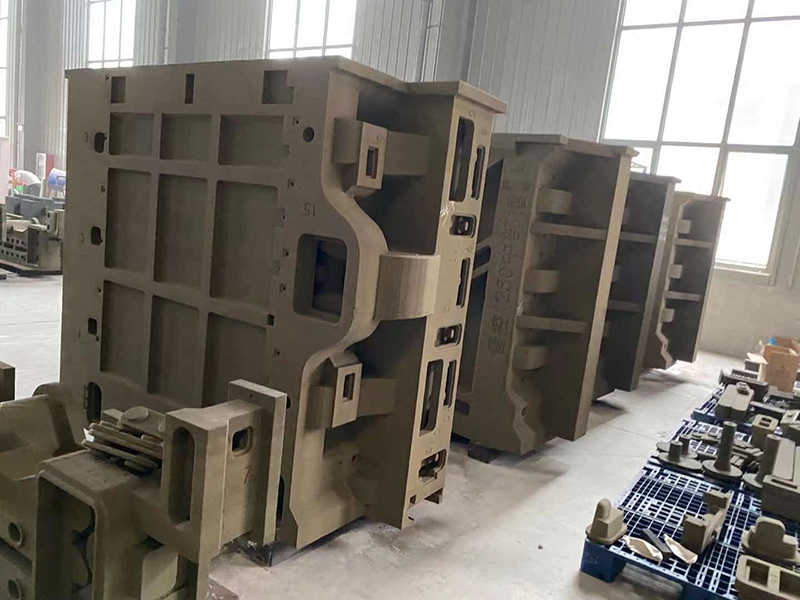Sand Casting Metal Process An Overview
Sand casting is one of the oldest and most versatile metal casting processes, widely used in manufacturing for creating complex metal parts. This method involves pouring molten metal into a mold made of sand to produce various shapes and sizes, making it a popular choice across numerous industries including automotive, aerospace, and art. In this article, we will explore the intricacies of the sand casting process, its advantages, applications, and some considerations for optimal results.
The Sand Casting Process
At its core, the sand casting process consists of several key steps
1. Pattern Making The first step is to create a pattern that represents the desired shape of the final product. Patterns can be made from various materials, including metal, plastic, or wood, and they are typically slightly larger than the finished part to account for metal shrinkage as it cools.
2. Mold Preparation The next step involves creating the mold. This is done by packing sand, usually mixed with a binding agent, around the pattern. The sand must be compressed to create a stable mold that can withstand the heat and pressure of the molten metal. Once the mold is formed, the pattern is removed, leaving a cavity that matches the shape of the desired part.
3. Pouring With the mold prepared, the next stage is to heat the metal until it reaches a molten state. The molten metal is then poured into the mold cavity through a gating system. Gravity or pressure might assist in this process, depending on the specific requirements of the casting.
4. Cooling and Solidification Once the mold is filled, the molten metal is allowed to cool and solidify. The cooling time can vary based on the type of metal used and the size of the casting. Proper cooling is essential to avoid defects like cracking or warping.
5. Mold Removal After the metal has cooled, the mold is broken away to reveal the cast part. This may involve shaking out sand or breaking the mold material, depending on the type of sand used.
6. Finishing Finally, the cast part goes through finishing processes, such as trimming, grinding, or machining, to achieve the desired surface finish and dimensional accuracy.
sand casting metal process

Advantages of Sand Casting
Sand casting offers several advantages that make it an ideal choice for many applications
- Versatility The process can accommodate a wide variety of metals, including aluminum, iron, and bronze, making it suitable for different industries.
- Cost-Effectiveness Given the relatively low cost of sand and the simplicity of the process, sand casting is an economical option for producing both small and large production runs, particularly for complex geometries.
- Scalability Sand casting is scalable from one-off prototypes to mass production, allowing manufacturers to adapt their processes based on demand.
Applications of Sand Casting
Sand casting is utilized in numerous applications across various industries. In the automotive industry, it is commonly used to produce engine blocks, cylinder heads, and transmission cases. The aerospace sector uses sand casting for creating components like turbine housings and brackets due to its ability to create complex shapes with high strength-to-weight ratios. Additionally, artists and sculptors often use sand casting to create intricate metal sculptures.
Considerations for Success
While sand casting is a reliable and versatile method, several factors must be considered to achieve optimal results. These include selecting the appropriate sand mixture, proper control of cooling rates, and meticulous pattern design to minimize the risk of defects. Attention to detail throughout the process can significantly improve the quality of the final product.
In conclusion, sand casting is a time-tested metal casting method that offers flexibility and cost-effectiveness for various applications. With careful planning and execution, manufacturers can leverage this process to produce high-quality metal components tailored to their specific needs. As industries evolve, sand casting remains a crucial technique in the production of complex parts, ensuring its relevance in modern manufacturing.
Post time:нов . 09, 2024 00:55
Next:Exploring Various Methods of Sand Casting in Metal Fabrication Techniques
